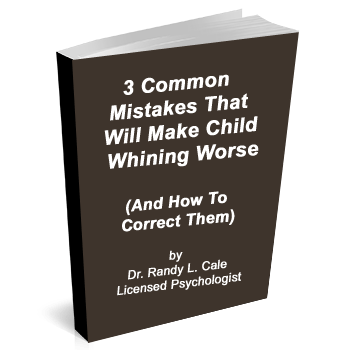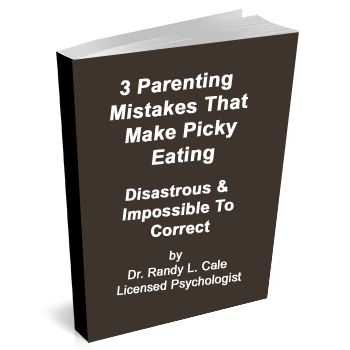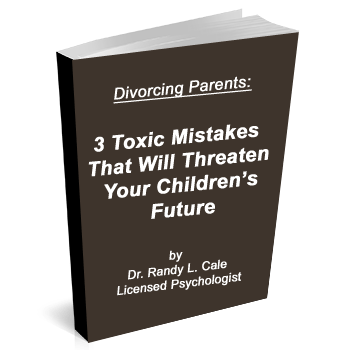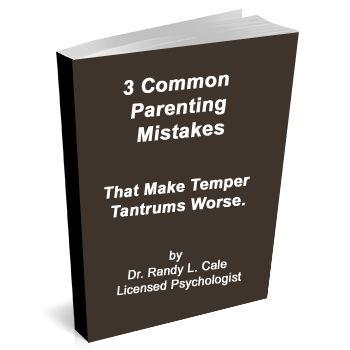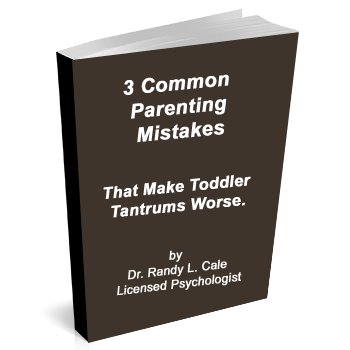Life is inevitably filled with challenges. And it is through those challenges that we learn, grow, and evolve.
One catch: Often the challenge brings some degree of discomfort, in the form of stress or anxiety. The question becomes: What do we focus on? One option is to focus on the stress and anxiety and let that consume our attention. Then, we naturally want to seek comfort, ease, and relief from the anxiety.
Option two finds children on another path. They learn to accept that stress or anxiety is part of the process, and focus instead on the learning, growth, and skill development that unfolds with effort. Their attention tends to skip over the ‘stress’ and instead gets consumed with the task at hand and efforts to do their best.
How These Patterns Show Up in Your Child’s Life
Focus On and Move-away from Stress: We know that children who establish a pattern of avoiding anxiety and discomfort (as a habitual way of dealing with challenge) end up becoming less and less willing to test themselves. They run from difficult tasks, avoid situations that could cause anxiety, and their skills and esteem shrink accordingly. There is little possibility for developing competence, the ability to handle stress or to learn skills that allow them to handle frustration and difficulty.
Over time, their brains notice what will cause anxiety or stress. They then FEEL the stress and get consumed with seeking relief from the discomfort. In essence, they learn an avoidance strategy when facing challenges, and this ultimately will thwart growth and learning. Unfortunately, as life is inevitably going to bring more challenges, this avoidance strategy will actually create more anxiety in their life.
Focus On and Move-toward Learning, Growth & Skill Development: The group of children who learn to value growth and learning tends to move through life quite differently. They ignore stress and the issue of difficulty, as they are consumed with the learning process. They keep track of skills developed, and get excited about accomplishment and giving it their best. The optimal form of this strategy is the child who is simply about to esteem themselves from doing their best.
Over time, their brains tend to experience less stress and anxiety. Why? Because these children have learned that the sense of fear behind the stress is simply going to pass. It is not based in anything real…in other words, there is no real threat here.
This then enables them to tackle more, engage more in life and seek more challenge. The results are shown in terms of success and happiness.
Secrets to Teaching Children to Value Growth Over Comfort
1. Parents must model behavior that seeks growth over comfort.
Of utmost importance of teaching any lesson is to start with a long, hard look in the mirror. What do you model for your children? If you are consumed with avoiding anxiety and stress, then this is where you start.
Remember: It starts with what you focus upon. Find something that excites you MORE than the fear of feeling some anxiety or stress. Focus there, and keep your focus there.
Be a growth seeker, and open yourself to challenges…so you can talk about these with your children. They will learn more from those honest discussions of overcoming adversity than you realize.
2. Teach Children Directly About Where to Focus
We do this by helping to direct our children’s attention. With many academic tasks, as well as athletics, we have options in how we communicate. We can direct their attention to the mistakes they make, the errors committed or the problems with their performance. This is one approach, and it tends to get kids feeling anxious and fearful, rather than empowered.
Another option is to focus much more energy on effort and successes. Point out the growth made every day, and the effort behind it. Celebrate the effort. In addition, harp on the positive impact of their efforts. Problems are never neglected, but the dominant focus is upon growth and effort.
3. Avoid Feeding Anxiety When It Arises
There will be moments of anxiety and stress. Again, it’s inevitable. So what do you do?
First, it’s not the end of the world. Stay calm yourself, and affirm that this is natural. Secondly, assure your child that this too will pass. Third, avoid labeling it as a thing. Instead, explain it as a natural process that happens with stressful thoughts show up. Next, affirm that “This too will pass. You will get through it.”
And finally, turn attention toward the good effort, the powerful learnings that could occur, and positive results. Don’t linger on the anxious or stressed conversation.
If they persist in the anxious dialogue, walk away. Don’t try to fix it again and again. Don’t fight for ease, if they are going to fight for their anxiety. It won’t work that way.
4. Don’t Let Them Repeatedly Avoid the Discomfort
The biggest mistake we can make is to start giving in to their desire to avoid the discomfort. It will usually start with small things, like wanting to avoid a practice or having excuses for not having friends over. You will know in your heart, that it’s more about their fears and worries than any real threat.
In these moments, a strong, loving path is required. Simply let them know, “I understand. But you will be fine…and you will be going.” In the end, this decision is far superior to teaching them to avoid challenges by running from discomfort.
Put these together, and you will profoundly affect their destiny. Moving toward opportunity and growth is a rewarding and esteem-building path, with benefits far beyond what we can predict.









